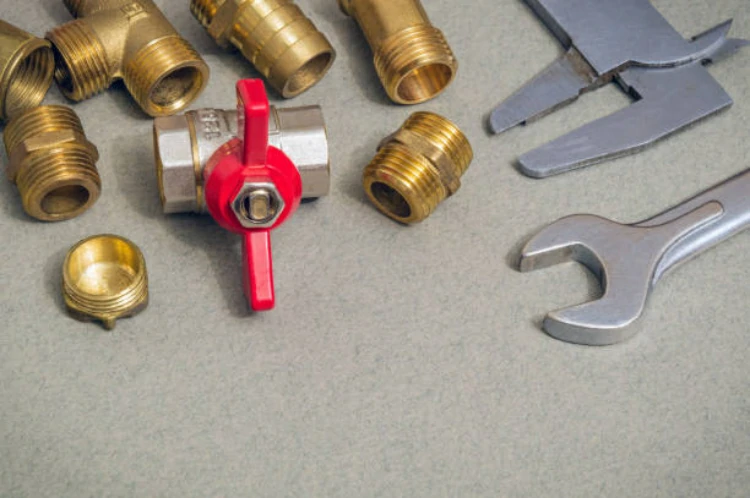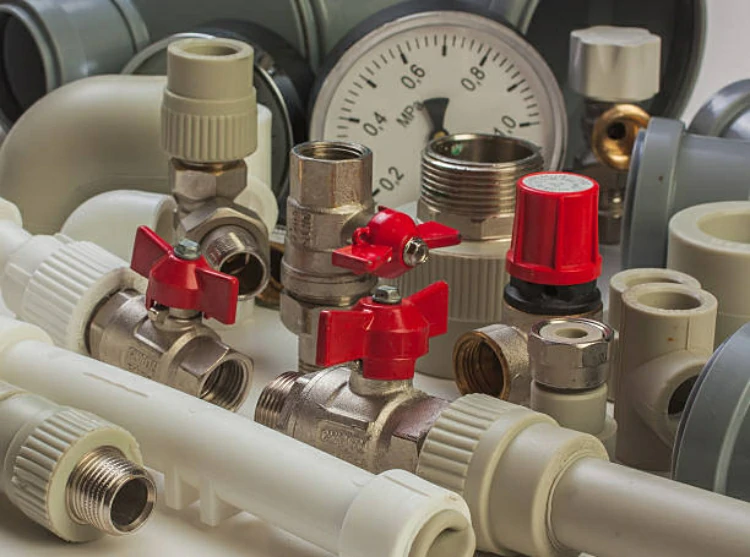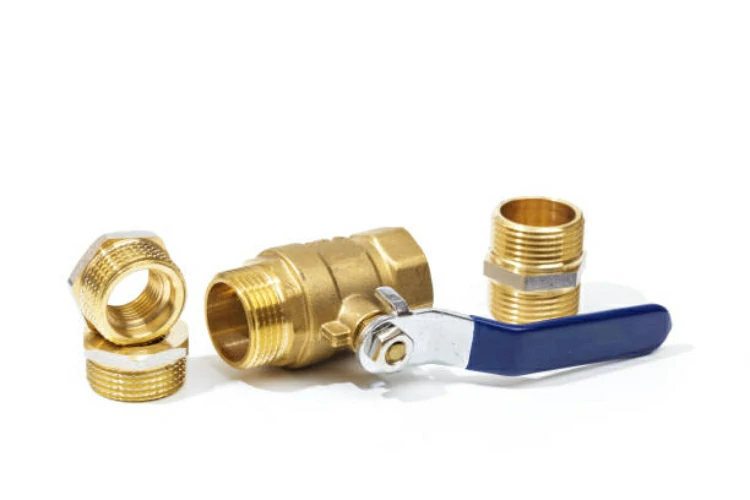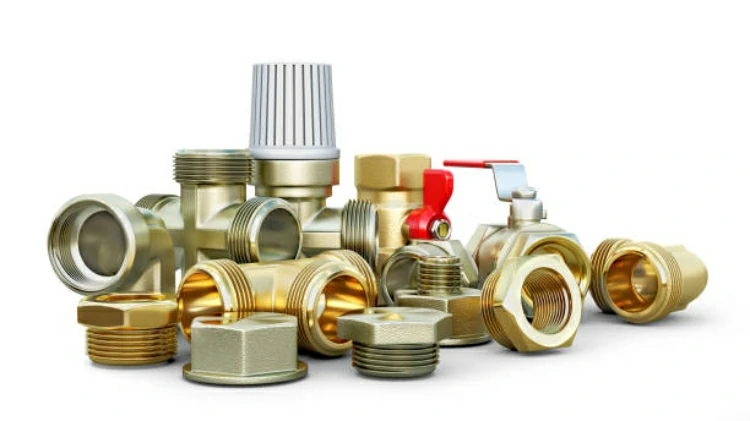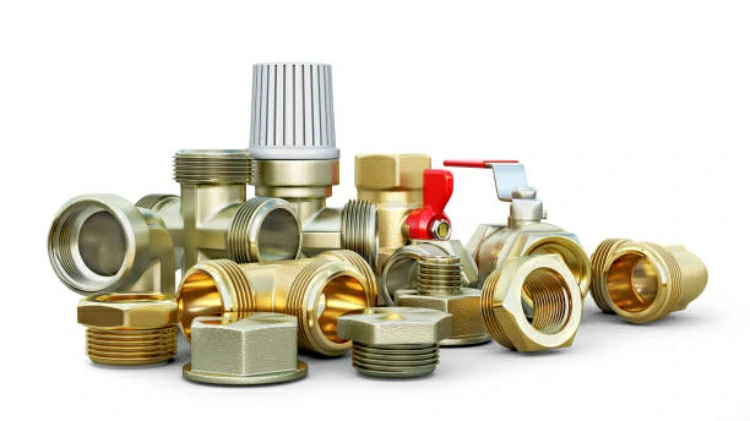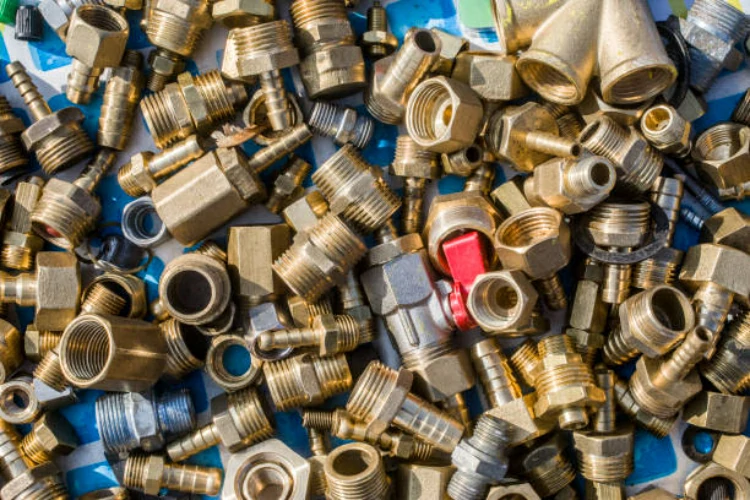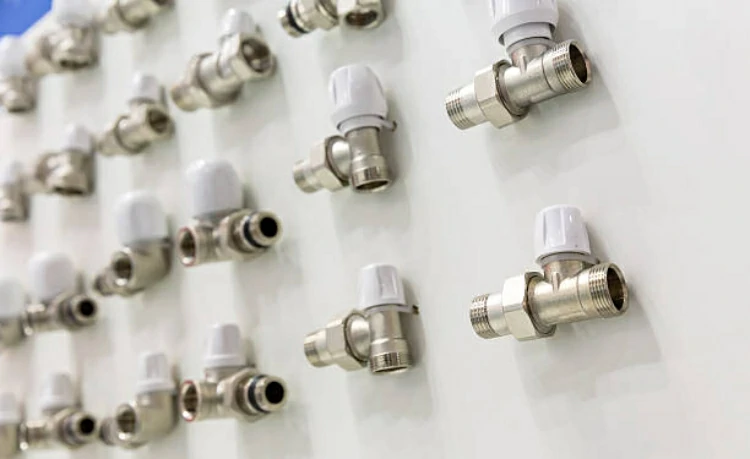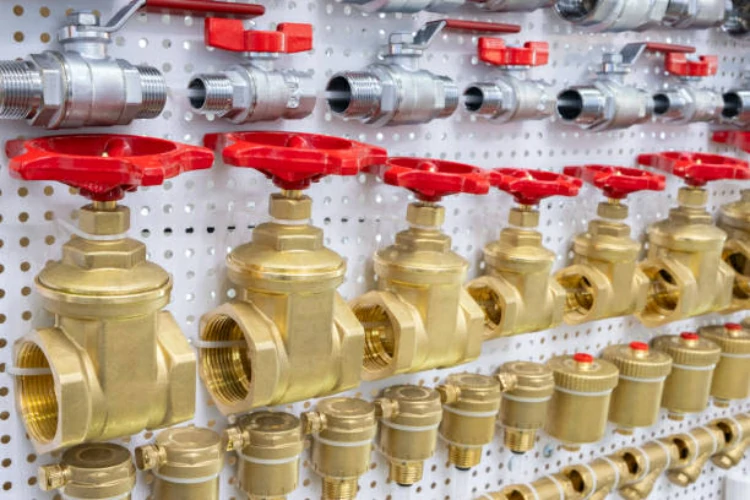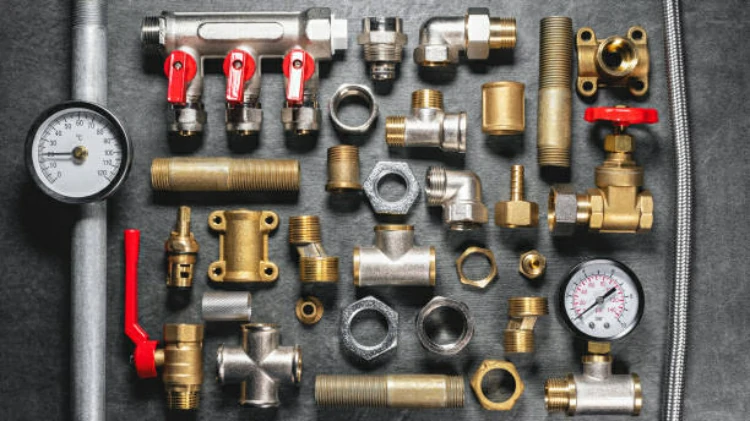Understanding Brass Ball Valve
Introduction Brass ball valves are essential components in plumbing systems, offering reliable control of fluid flow. Understanding the working principle and structure of brass ball valves is crucial for effective system design and maintenance. This article explores the functionality and construction of brass ball valves, shedding light on their importance in various industries. Working Principle […]

